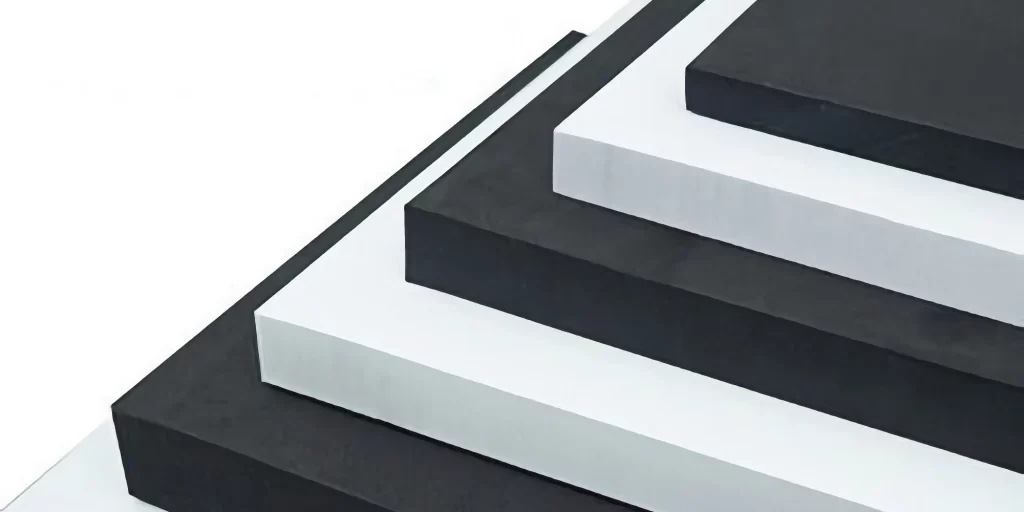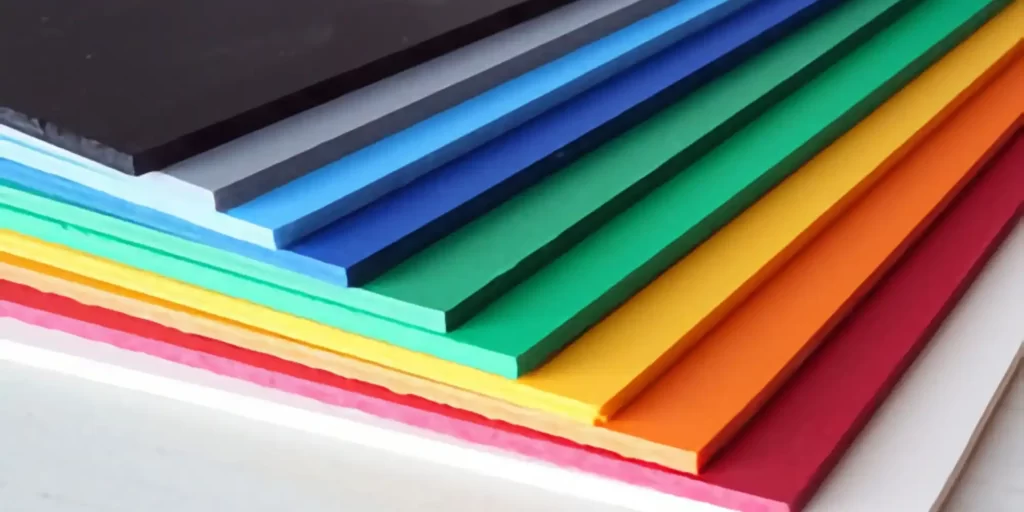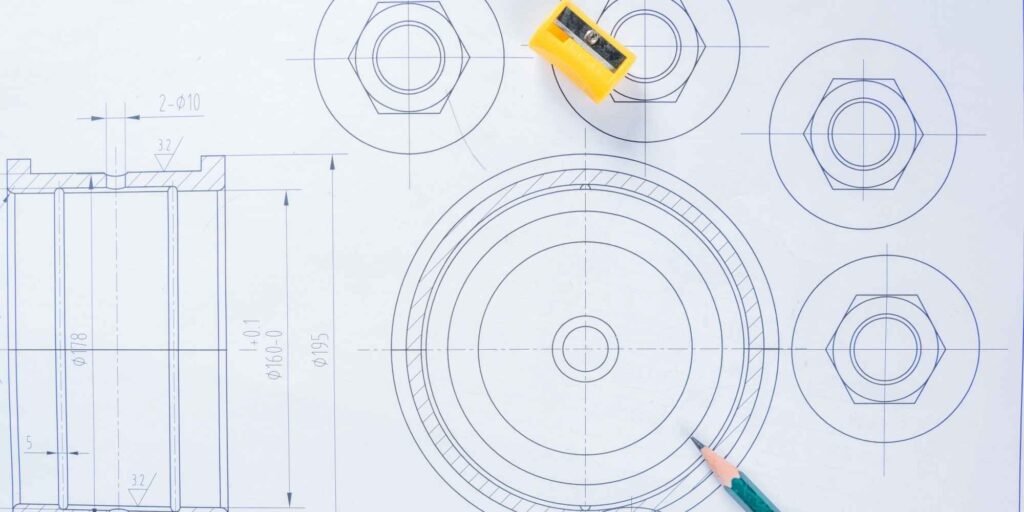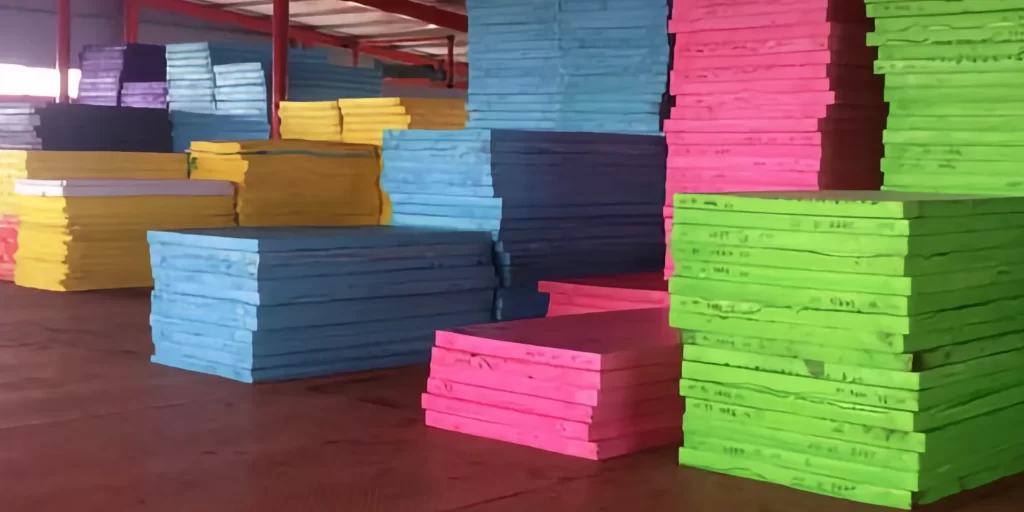Introduction
EVA foam, a versatile and innovative material, has become a staple in the construction of tennis racket grips, significantly enhancing players’ experiences on the court. This article delves into the world of EVA foam, exploring its unique properties, the reasons behind its popularity in tennis racket grips, and the myriad of benefits it brings to both amateur and professional players. Join us as we uncover how EVA foam is revolutionizing tennis, providing unparalleled comfort, grip, and durability, and why it’s a must-have for anyone looking to elevate their game.
What is EVA Foam?
EVA, standing for Ethylene-Vinyl Acetate, is a copolymer of ethylene and vinyl acetate, known for its flexibility, softness, and excellent shock absorption properties. It’s a closed-cell foam, meaning it has a soft, rubbery texture and is resistant to UV radiation and cracking. EVA foam is lightweight, waterproof, and can be molded into different shapes and sizes, making it a preferred material in various industries such as sports equipment manufacturing, footwear, packaging, and more. Its ability to absorb impact and provide cushioning makes it an ideal choice for applications where comfort and protection are paramount.
Why EVA Foam in Tennis Racket Grips?
The application of EVA foam in tennis racket grips stems from its unique combination of properties that cater to the specific needs of tennis players. Tennis is a high-intensity sport that requires precision, control, and a firm grip on the racket. EVA foam, with its anti-slip and sweat-absorbent properties, ensures that players maintain a secure hold on their rackets, even during the most intense rallies. The foam’s soft texture provides a comfortable grip, reducing the strain on the hands and preventing blisters and calluses. Moreover, the elasticity of EVA foam allows it to conform to the player’s hand shape, offering a customized and ergonomic grip that enhances performance and reduces the risk of injury.
Benefits of EVA Foam Grips
The incorporation of EVA foam in tennis racket grips brings a plethora of benefits to players. First and foremost, the shock-absorbing nature of EVA foam minimizes the impact transmitted to the player’s hands and arms, reducing fatigue and the likelihood of developing tennis elbow. The anti-slip surface of EVA foam grips ensures a stable and secure hold, allowing players to execute accurate and powerful shots with confidence. The material’s durability means that it can withstand the wear and tear of regular play, providing a long-lasting solution for players seeking to maintain optimal performance. Additionally, EVA foam grips are resistant to environmental factors such as UV rays and moisture, ensuring they maintain their integrity and functionality even in varying weather conditions.
Real-World Applications
Beyond the realm of tennis, EVA foam has found widespread applications in various racket sports, including badminton, squash, and paddle tennis. Products like the Anti-Slip Badminton Handle Bandage Strap utilize EVA foam to offer players enhanced grip and sweat absorption. The Ianoni Paddle Tennis Racket features an EVA Memory Foam Core, providing players with improved ball control and shot accuracy. These real-world applications underscore the versatility of EVA foam and its ability to significantly enhance the performance and comfort of sports equipment across different disciplines.
How to Choose the Right EVA Foam Grip
Choosing the right EVA foam grip for your tennis racket involves considering several factors to ensure optimal performance and comfort. Firstly, assess the thickness of the grip; it should provide adequate cushioning without being overly bulky. The texture of the grip is also crucial – it needs to offer a non-slip surface for a secure hold, especially during intense play. Elasticity is another important factor; the grip should conform to your hand’s shape for an ergonomic and comfortable feel. Additionally, consider the grip’s durability and resistance to environmental factors such as UV rays and moisture, ensuring it can withstand regular use and varying weather conditions. By carefully evaluating these factors, you can select an EVA foam grip that meets your specific needs and enhances your tennis experience.
Frequently Asked Questions
- How often should I replace my tennis racket grip?
- The frequency of replacement depends on how often you play, but a general guideline is to replace it every 30-40 playing hours.
- Can I install the EVA foam grip myself?
- Yes, installing an EVA foam grip is a straightforward process, and many grips come with instructions. However, if you’re unsure, seeking professional help is advisable.
- Is EVA foam environmentally friendly?
- EVA foam is non-toxic and BPA-free, but it is not biodegradable. However, many manufacturers are working towards producing eco-friendly alternatives.
- Can EVA foam grips be used in other racket sports?
- Absolutely, EVA foam grips are versatile and can be used in various racket sports like badminton, squash, and paddle tennis, providing similar benefits.
Conclusion
The integration of EVA foam in Tennis Racket Grips has marked a significant advancement in sports technology, offering players an unparalleled blend of comfort, grip, and durability. Its unique properties, including shock absorption, anti-slip surface, and adaptability, make it a sought-after material in the sports industry. Whether you’re a professional athlete or a recreational player, EVA foam grips can significantly enhance your performance, reduce the risk of injury, and elevate your overall playing experience. As we continue to witness innovations in sports equipment, EVA foam stands out as a material that truly understands the needs of players and delivers solutions that make a difference on the court.






